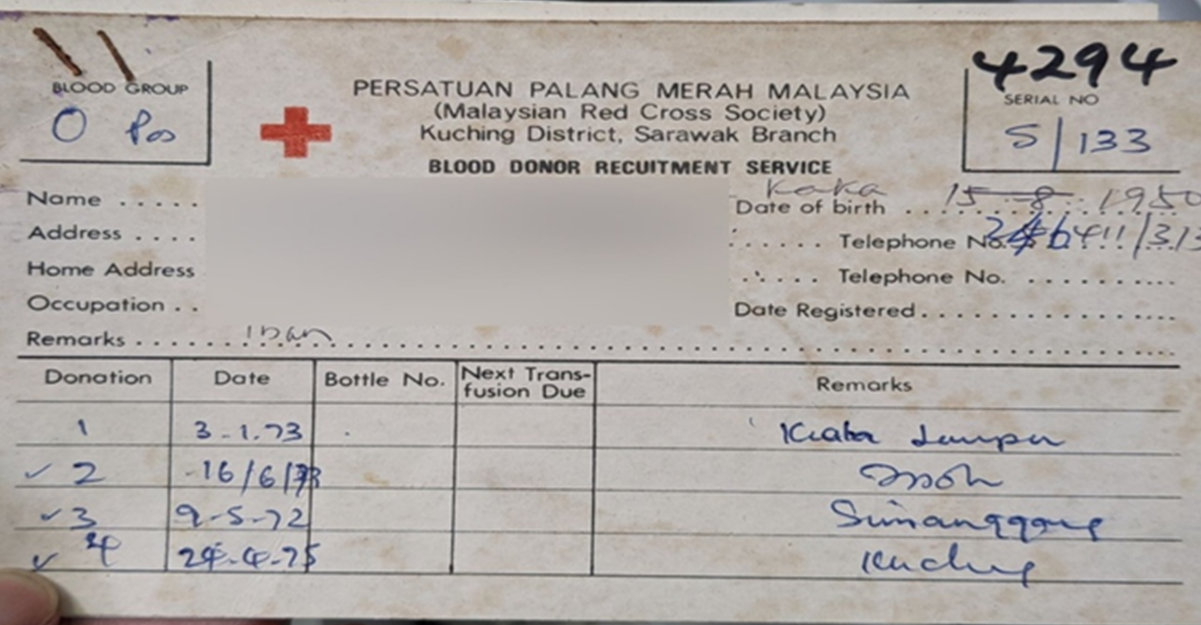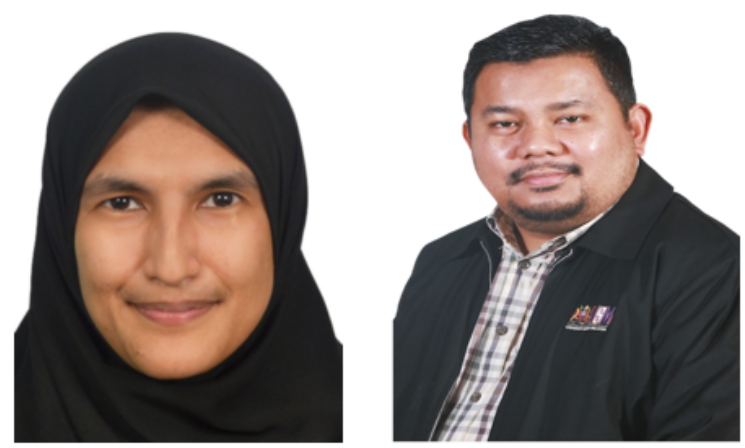Dr. Nabila Huda Binti Arifin, Pelajar Sarjana Perubatan (Perubatan Transfusi), Dr. Nur Arzuar Abdul Rahim, Pensyarah Perubatan/Pakar Pediatrik, Jabatan Perubatan Klinikal, IPPT, USM
Blood transfusion services (BTS) are a very well-established service worldwide. The special nature of this service is that, unlike other clinical laboratories, BTS provides parenteral therapeutic agents. Blood transfusion provides broad services, from community to clinical transfusion and not to forget, quality systems which are vital to provide safe blood transfusion to the patient. BTS was started many centuries ago. Involved by many great physicians, from Richard Lower who discovered blood transfusion from dog to dog in 1665, to Jean Baptiste-Denis, who transfused sheep’s blood to a human subject two years after that. Following that, James Blundell, a British obstetrician transfused the first human-to-human blood in a bleeding post-delivery (post-partum hemorrhage) case in 1818. Karl Landsteiner, in 1900 discovered three blood groups called A, B and O and this discovery earned him the Nobel Prize in 1930.(1,4)
Shortly after that, in early 1950, our beloved country started our own BTS. There are records of blood donors who donated their blood to the Blood bank General Hospital, Kuala Lumpur in that year. In 1955, a blood bank was run by a British Red Cross volunteer. The blood bank only operated once a week, on Wednesday for only one and a half hours. She managed to get about 25 - 40 blood donors per week and the blood donors are mostly from the army, police officers and government servants. The blood collected was said to be sufficient to meet the demand during that time. The blood collection increased after that, and in 1971, the blood bank moved to another building at Hospital Kuala Lumpur.(3)
In April 1972, the Director General of Health Malaysia officially renamed the building the National Blood Service Center. It was recognized as a separate independent service and was put under the Ministry of Health Malaysia, chaired by a director who was a haematologist. The services comprised donor recruitment, blood collection, processing into other blood components, blood testing, inventory management and clinical transfusion service. Apart from the transfusion service, some specialized haematology services were also provided. Soon after that, our former Prime Minister Dr. Mahathir Mohamad’s wife, Dr. Siti Hasmah Mohamad Ali, inaugurated the current National Blood Center (also known as Pusat Darah Negara) building in Jalan Tun Razak, Kuala Lumpur.(3)
Then, BTS was expanding throughout Malaysia and we have established more than 80 blood collection centers. According to the Department of Statistics Malaysia, Ministry of Health Malaysia, collected from the Blood Bank Information System v2 (BBISv2), up until 25 October 2023, there were an average of 1398 blood donations per day, and about 10.8% of the population aged 17-65 in Wilayah Persekutuan Kuala Lumpur had donated at least once a month in the past year. The least data is from Selangor, which has a population of 0.5%, and the other states range from 1.2% to 3.2%. Based on National Blood Centre data, an average of 4000 blood bags are required in a week.(2,3)
In conclusion, tremendous progress has occurred over the past few years. We thanked the great people for their great discoveries and progression, especially in Malaysia. But what will be the future of BTS in Malaysia? We do not know! What will happen if substitutes for blood are on the market? While waiting for great things to come, we would still need great help from all to donate their blood for our patient. You are welcome to donate at any blood donation centre or surf the National Blood Centre’s website at www.pdn.gov.my for further information regarding blood donation. For people in Bertam, you can join us in our blood donation centre at Level 2, Advanced Medical and Dental Institute (AMDI USM):

REFERENCES
1.
https://www.aabb.org/news-resources/resources/transfusionmedicine/highlights-of-transfusion-medicine-history2. C.G.Lopez, The Blood Transfusion Services in Malaysia, The Malaysian Journal of Pathology, 1983, Volume 6, Pages 1-7, Online ISSN 0126-8635
3.
https://data.moh.gov.my/blood-donation4. G. Duraisamy, Blood Transfusion Service in Malaysia, Journal of the Japan Society of Blood Transfusion, 1994, Volume 40, Issue 5, Pages 776-778, Released on J-STAGE March 12, 2010, Online ISSN 1883-8383, Print ISSN05461448,
https://doi.org/10.3925/jjtc1958.40.776,
https://www.jstage.jst.go.jp/article/jjtc1958/40/5/40_5_776/_article/-char/en
SDG 4 - Ensure inclusive and equitable quality education and promote lifelong learning opportunities for all




